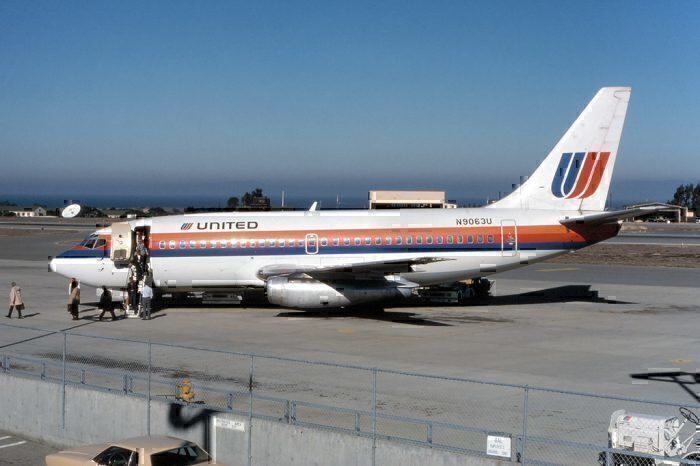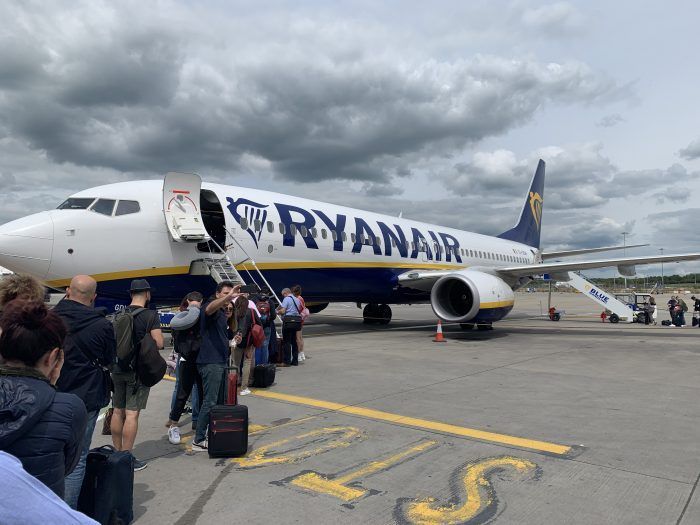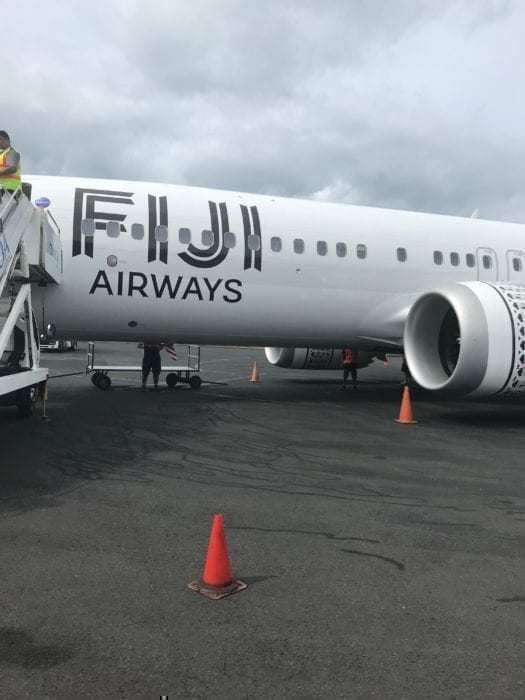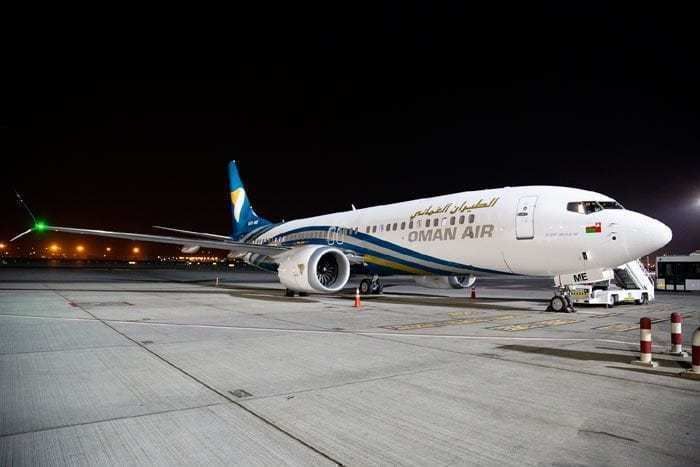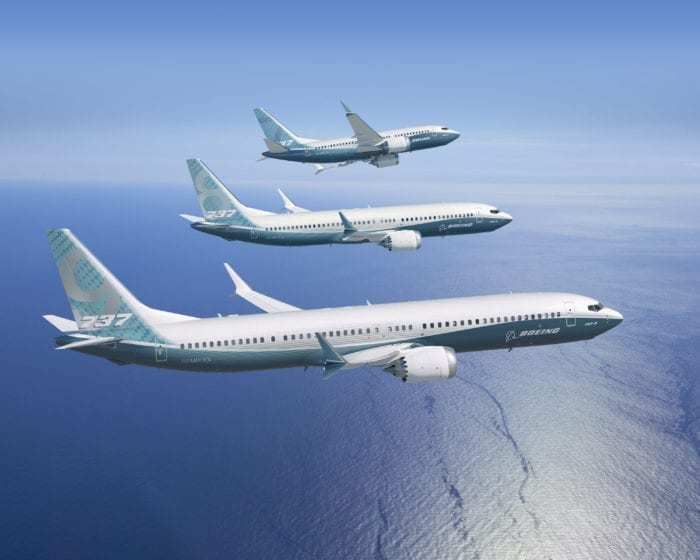The Boeing 737 is one of the most iconic narrowbodies in the sky. Since the late 1960s, the aircraft has flown for an incredible number of airlines and has seen many subsequent generations. However, despite numerous technological and comfort improvements, the 737 has always had one distinct feature; the aircraft has always been so low to the ground. Here is why that is so.
The original design
Back when the 737 was conceived, the plane was intended to be more of a regional hopper. For larger routes, Boeing already offered the 727. However, airlines needed a plane that served the 100-seat range. To fill this niche, Boeing built the 737. In its first generation, there were two versions. The smaller 737-100 and the larger 737-200, which first flew in United colors
Lufthansa was the launch customer of the 737-100. They primarily used the 737-100 for short-haul hops across Europe. The aircraft was perfect for small routes that didn't need the large capacity of the 727. However, there was one thing in particular that the 737 needed to have: low clearance.
The low clearance factor
Today, we know pre-departure operations to include the following:
- In most cases, a jetbridge is used to board an aircraft
- Motorized baggage belts that could be used to load and unload the hold
- Large catering trucks that can adjust their height to easily service an aircraft
- If needed, high tech maintenance operations that include the uses of lifts, etc.
The LA Times reports that in 1968 that wasn't the case. Passengers would board using stairs. Bags and cargo would be loaded and unloaded by hand. Likewise for catering. And maintenance personnel found it easier to perform servicing tasks on lower engines.
Airport infrastructure didn't exist in the massive scale we know today, which is why the aircraft was designed to be low. Jetbridges and modern machinery have made flying easier now, but there is a reason why Boeing never lengthened the 737's landing gear.
Why has it stayed the same?
Boeing's 737s come in a few different series. There are the original Boeing 737s, the 737 Classic series, the 737 Next Generation Series, and the now infamous 737 MAX. In each subsequent design, Boeing retooled and reworked the aircraft without making major changes; that is, until the 737 MAX came around.
Airlines like taking delivery of new planes without having to go through the headaches and growing pains of inducting a new aircraft type into their fleet. As a result, if a 737-200 is swapped for a 737-300 or a 737-400 is swapped for a 737-800, airlines want to be able to quickly add the new aircraft in service.
Boeing, also, wants to get the new aircraft certified quickly in an effort to boost sales and beat the competition. Even as airport infrastructure has grown, there are some airports that aren't capable of handling aircraft at jetbridges. Low-cost carriers also like the lower clearance of the 737 since they can use air stairs for boarding and deplaning. This, in turn, helps lower their costs.
However, by the time the 737 MAX came around, there were a few problems with this design. The New York Times reports that there were some concerns when it came to using the 1960s design to update an aircraft for the 21st century. Indeed, the low clearance became an issue with trying to fit larger engines underneath the wing.
These larger engines enable additional range and required the addition of new technology. However, airlines still liked the 737 MAX because it was based on the same design as the original 737. And, in less-developed areas, the 737 MAX could operate new and longer routes to airports that still hadn't developed the right kind of infrastructure.
Will the design stay the same?
Boeing will inevitably have to produce a new narrowbody. There is only so much you can do with such an old design and, with the issues the 737 MAX faced, it is highly unlikely that Boeing or airlines would want to order another iteration of the 737 based on the original 1960s design. Barring any major technological advances, if Boeing produces a new aircraft, they will likely increase the ground clearance in an effort to better tailor the aircraft for the future.
Overall
The 737 is an iconic aircraft. Every major U.S. carrier operates various iterations of the 737. However, one of the biggest problems with the future of the 737 rests in the low ground clearance. In the 1960s, this design was perfect. Now, that could change as the aviation world moves towards smaller planes flying longer routes safely.
Do you think the 737 is too low to the ground? Let us know in the comments!


